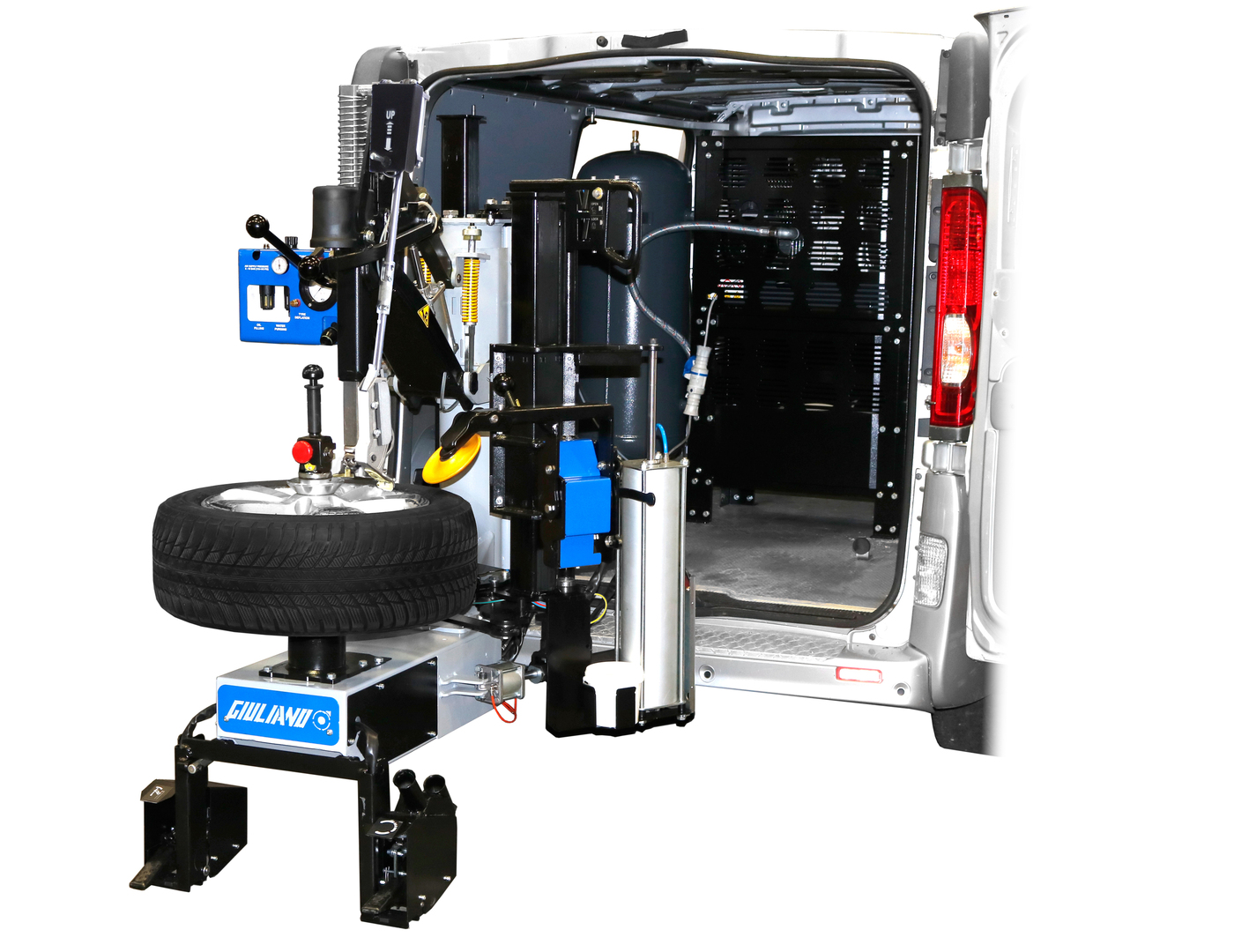Trusted Mobile Tire Service Las Vegas - On-Time Solutions
Trusted Mobile Tire Service Las Vegas - On-Time Solutions
Blog Article
Tire Solution: Proven Approaches for Optimum Tire Maintenance and Care
Keeping optimum tire condition is critical for both safety and efficiency of any vehicle. From ensuring proper tire pressure to regular rotation and alignment, there are tried and tested methods that can dramatically extend the life expectancy of your tires and improve total driving experience. As we check out the ins and outs of tire treatment and maintenance, we will certainly uncover crucial standards that every vehicle proprietor need to abide by for the best possible outcomes. Let's dive right into the globe of tire solution and uncover the keys to keeping your tires in superior shape for the long run.
Significance of Tire Pressure
Appropriate tire pressure advertises much better fuel efficiency, as under-inflated tires can lead to boosted rolling resistance, triggering the engine to work more challenging and consume more fuel. Correct tire pressure ensures even step wear, boosting tire durability and saving cash in the lengthy run by postponing the demand for early replacements. Consistently checking and readjusting tire pressure, specifically in the past lengthy trips, is a basic yet efficient way to enhance car efficiency, extend tire lifespan, and prioritize safety on the road.
Tire Rotation Standards
When taking into consideration tire turning guidelines, it is important to comprehend the importance of this maintenance job in making the most of tire life expectancy and preserving ideal vehicle performance. Tire turning involves transforming the position of each tire on an automobile to guarantee even step wear. Front tires often tend to wear much more swiftly than rear tires due to guiding pressures, making regular rotation vital for well balanced wear patterns.

Advantages of Wheel Placement
Ensuring appropriate wheel placement after tire turning is critical for maintaining balanced wear patterns and maximizing car efficiency. Wheel positioning describes the modification of the angles of the wheels to the manufacturer's specs. Among the vital advantages of wheel alignment is enhanced steering and handling reaction. When the wheels are correctly aligned, it minimizes steering effort, guaranteeing a smoother and extra controlled driving experience. In addition, right wheel positioning helps to extend the lifespan of your tires. Misaligned wheels can cause unequal tire wear, resulting in early tire substitute and raised maintenance costs.

Tire Footstep Depth Check
Performing a normal evaluation of tire walk deepness is important for maintaining secure driving conditions and extending the life expectancy of your tires. Uneven step wear can show problems with tire suspension, pressure, or alignment, highlighting the value of normal step deepness checks. By integrating tire step deepness checks into your regular maintenance timetable, you can drive with confidence knowing that your tires are in leading condition.
Seasonal Tire Examination
A thorough evaluation of tire condition tailored to specific climate conditions is important for preserving optimal efficiency and safety throughout the year. Seasonal tire examination is a advice basic aspect of tire upkeep that ensures tires prepare to deal with the challenges posed by different climate condition. In preparation for winter months, it is necessary to examine the tire stress frequently as chilly temperatures can trigger tire stress to drop. Examining tire tread depth is likewise crucial to guarantee adequate traction on snow and ice-covered roadways. Furthermore, examining for indications of wear and tear, such as lumps or cracks, can help avoid potential tire failures. As the seasons change, it is very important to analyze tire condition and make any required modifications to ensure risk-free driving. By performing routine seasonal tire examinations, drivers can prolong tire life-span, improve fuel effectiveness, and most significantly, ensure a safe driving experience in differing climate condition - Mobile Tire Service Las Vegas.
Conclusion
In final thought, keeping correct tire pressure, turning tires regularly, aligning wheels appropriately, keeping track of tread deepness, and performing seasonal examinations are important methods for optimal tire treatment. By adhering to these shown approaches, drivers can ensure their tires last much longer, perform much better, and add to total vehicle safety. It is necessary to focus on tire maintenance to avoid accidents, boost fuel performance, and extend the lifespan of tires.
Appropriate tire stress advertises much better fuel efficiency, as under-inflated tires can lead to enhanced rolling resistance, triggering the engine to function more challenging and consume more gas.When thinking about tire rotation standards, it is vital to understand the significance of this upkeep task in taking full advantage of tire life-span and keeping optimum automobile performance. Seasonal tire examination is a basic element of tire maintenance that guarantees tires are ready to deal with the obstacles presented by various weather condition go to this site problems. By conducting routine seasonal tire evaluations, vehicle drivers can prolong tire life-span, improve fuel performance, and most importantly, make certain a safe and secure driving experience in differing weather conditions.
In verdict, keeping proper tire stress, turning tires regularly, aligning wheels appropriately, keeping an eye on tread deepness, and performing seasonal assessments are necessary practices for optimal tire treatment.
Report this page